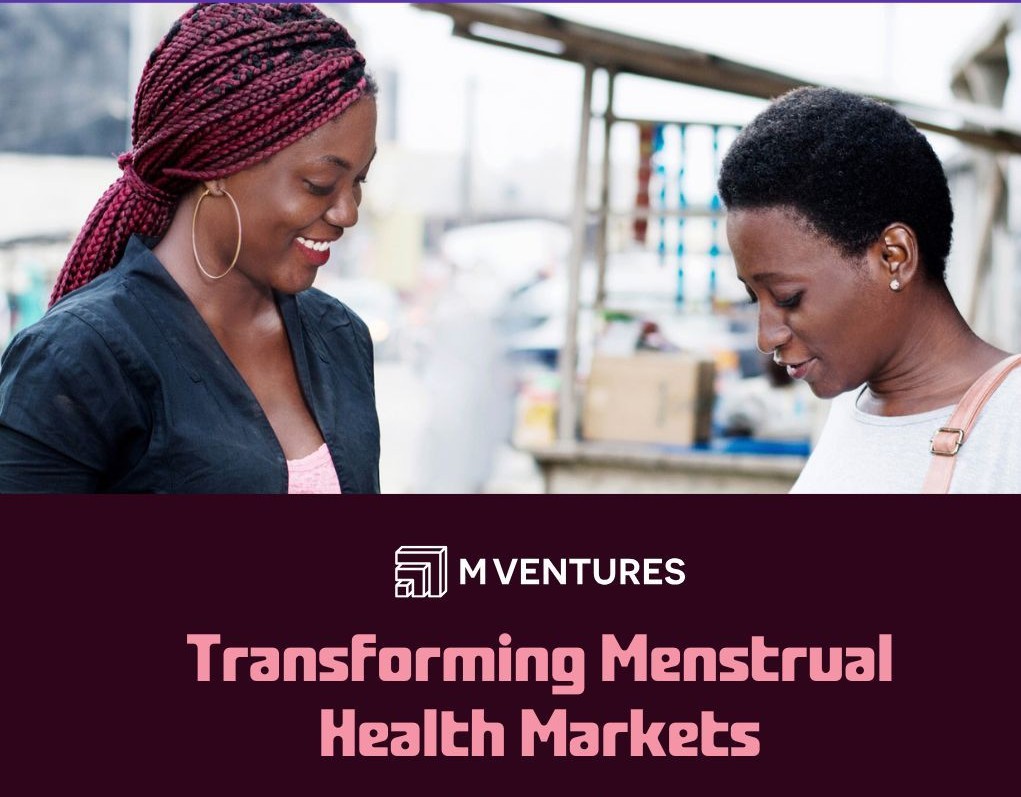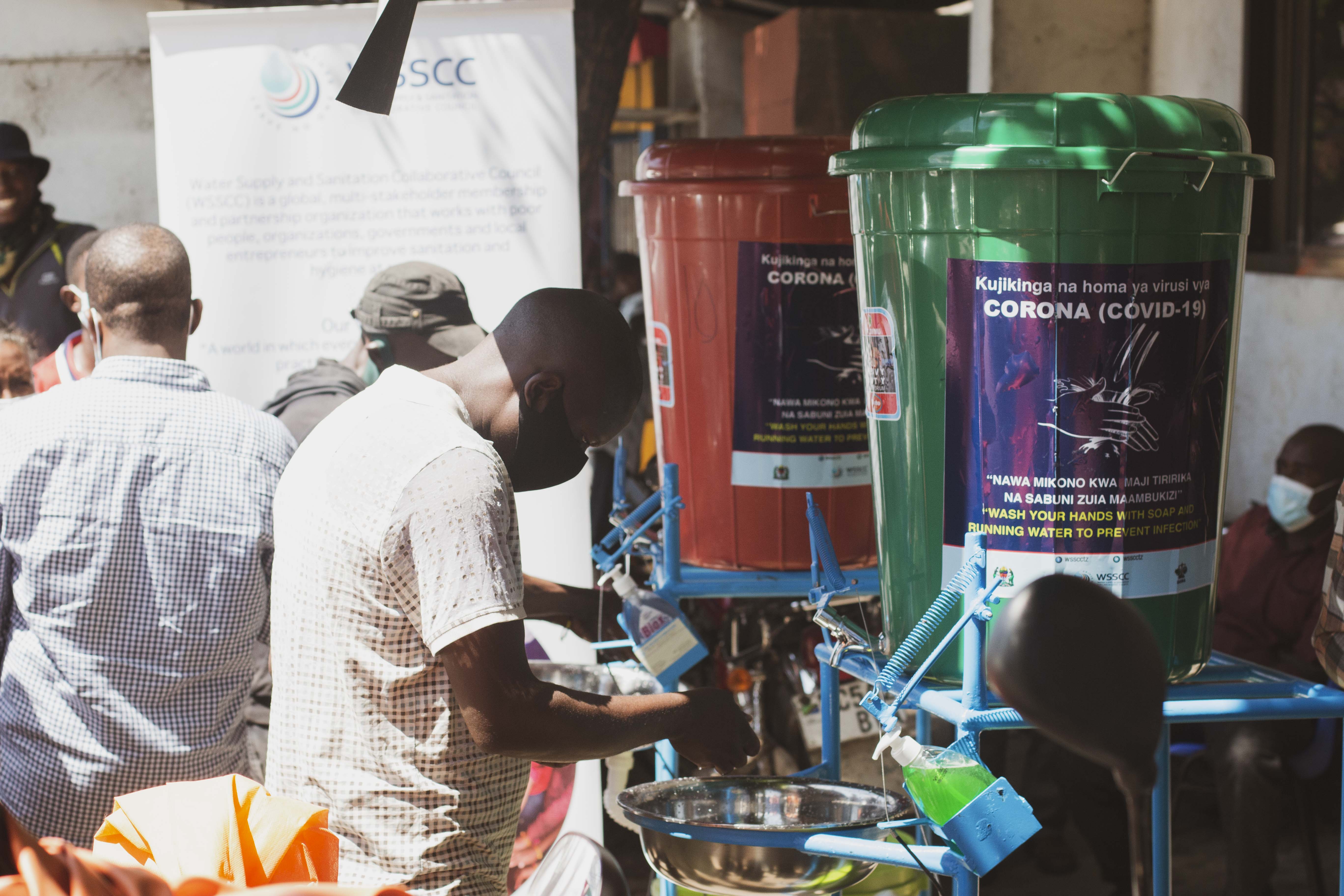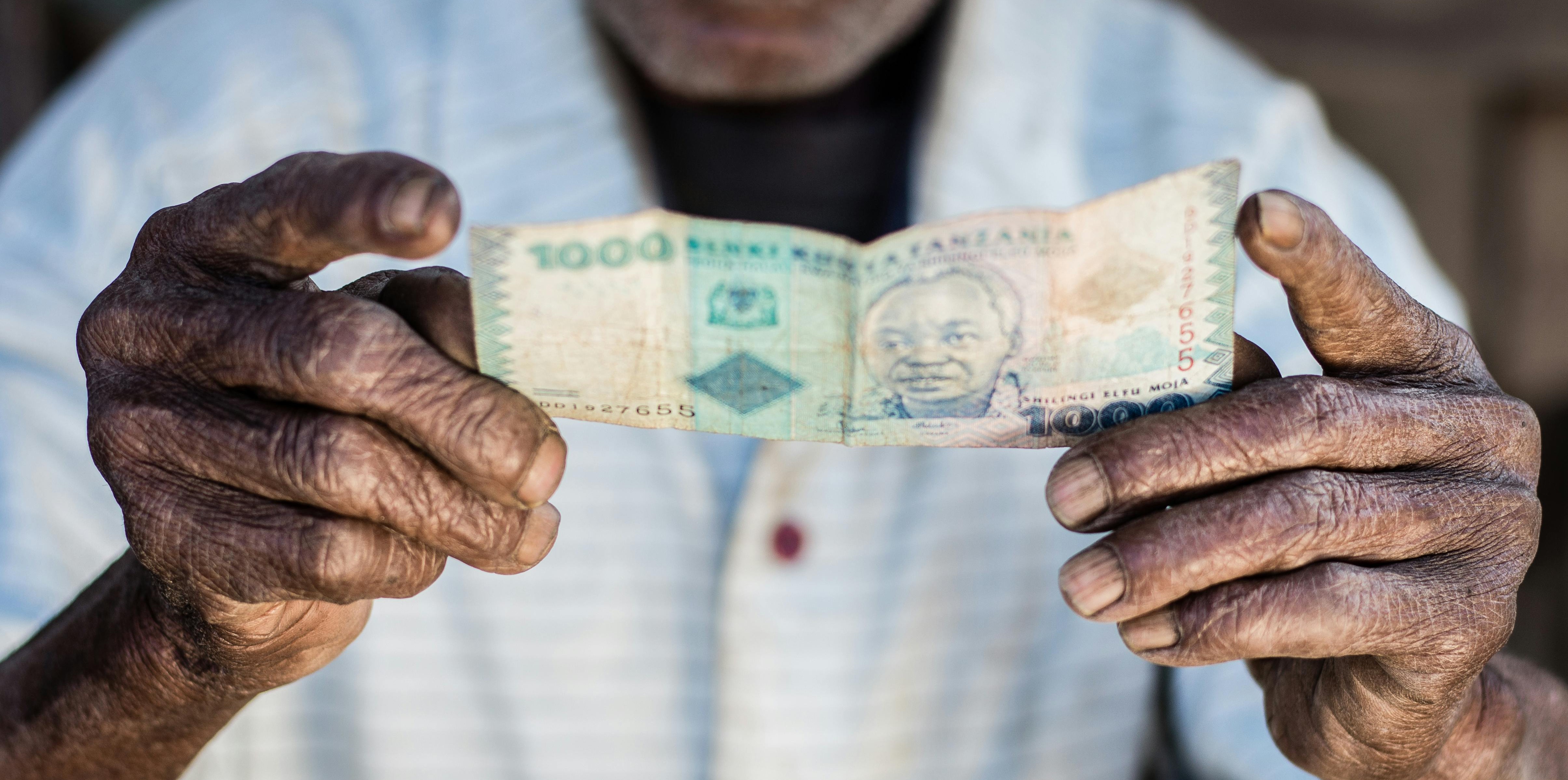
How to prevent the next pandemic? Soap and water for all

On 7 April, we celebrated World Health Day, a day that has taken on even more significance in the aftermath of the COVID-19 pandemic that has altered millions of lives, at times irrevocably. There is today a greater understanding of the importance of coordinated global health strategies and collective efforts needed to prevent and prepare against future pandemic risks.
And yet, one in three households worldwide lacks basic handwashing facilities or simply put, a means to clean their hands with soap and water and protect themselves and their families from diseases such as COVID-19, diarrhea, cholera and more.
In 2015, the world agreed to a number of Sustainable Development Goals (SDG) including target 6.2 on achieving access to adequate and equitable sanitation and hygiene for all, especially women and girls. But sadly, this remains a pipe dream exacerbated by a lack of funding and infrastructure. In some cases where handwashing facilities have been set up in homes, schools or health care facilities, they are at the mercy of crumbling pipes at best or the impacts of climate change at worst, left washed away or stone dry depending on the vagaries of climate.
As we look to sustain lives and livelihoods on a rapidly warming planet, we must look at how we can integrate climate resilience into sanitation and hygiene infrastructures and how nature-based solutions to protect communities against climate shocks can also contribute toward meeting their sanitation and hygiene needs, protecting them against future pandemics. And a compelling way to do so is to look at the Sanitation Economy.
A marketplace of products, services, and renewable resource flows related to sanitation, hygiene and Menstrual Health and Hygiene (MHH), national sanitation economies, if activated and catalyzed, can have far-reaching impacts on access to vital sanitation, hygiene and MHH services, public health, education as well as economic growth.
According to estimates by the Toilet Board Coalition, every year 3.8 trillion litres of human waste that could be reused in the wider economy for agricultural and energy purposes literally goes down the drain in our toilets and sanitation systems contributing to ever-increasing pollution figures and emissions. Not to forget, the jobs that could be created by investing in its treatment, supply and re-use. And this is just one example.
Just like soap and water, innovation doesn’t need large machines or automation. Sometimes the best innovation comes from taking simple solutions to scale. And that is where the UN’s Sanitation and Hygiene Fund (SHF) comes in.
Initially working in six countries at present, the SHF is pioneering a radical shift in how we have traditionally viewed the sanitation, hygiene and MHH sector, as an unaffordable burden. By making the case for the (impact) investment opportunity the Sanitation Economy provides, the SHF is supporting national organizations and governments with catalytic financing to activate their national sanitation economies and build the enabling environment needed for it to thrive, and generate both financial and social impacts. It is deploying smart, innovative financing to support local, viable solutions in sanitation, hygiene and menstrual health that can be taken to scale in a sustainable way, for communities and for the planet.
For too long, we have washed our hands off the global sanitation, hygiene and MHH crisis. This is our opportunity to turn the tap on investments into national sanitation economies, and let water, health and well-being flow.
(This article first appeared in The Guardian Hosted By series April 2022.)



